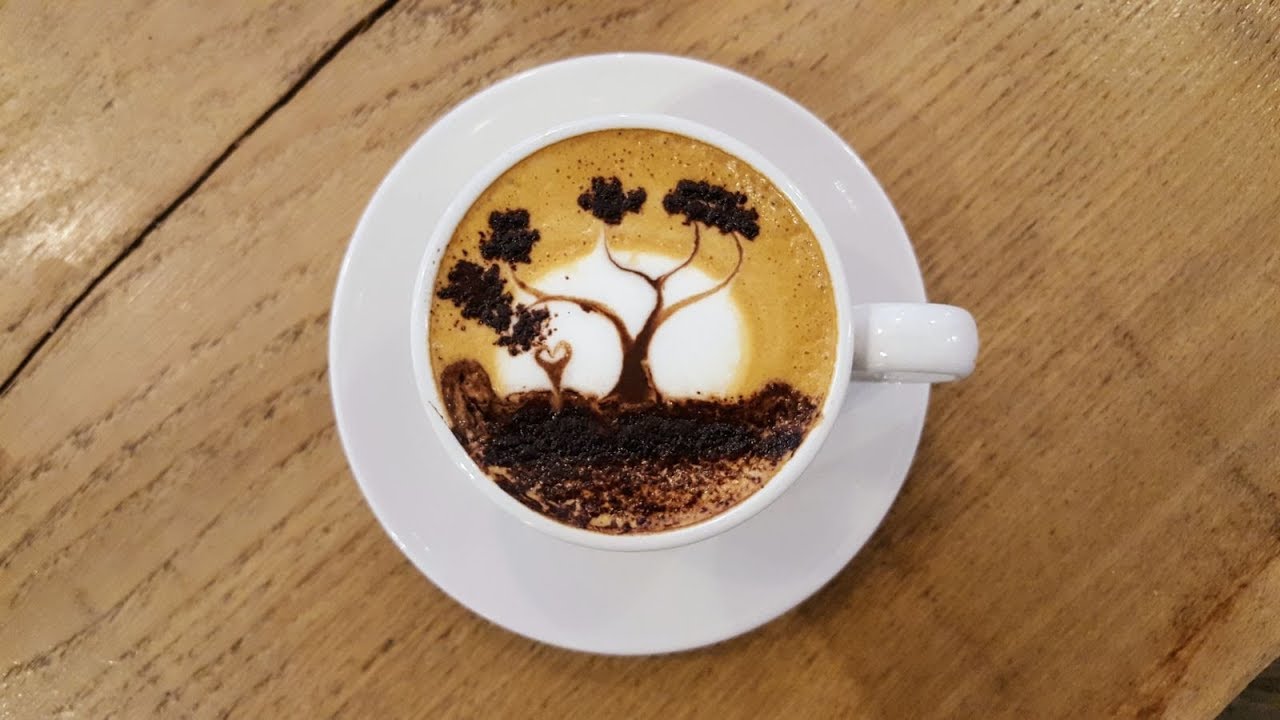Roasting coffee transforms the chemical and physical properties of raw coffee beans into roasted coffee products. This process is what produces the characteristic flavor of coffee by causing the green coffee beans to change in taste. Many coffee roasters determine the level of roast by eye, assessing the color of the beans to determine the desired roast-level.
Green coffee as it arrives at the dock. They can be stored for approximately 12-18 months in a climate controlled environment before quality loss is noticeable.
Moderate light brown, but still mottled in appearance. A preferred roast for some specialty roasters, highlights origin characteristics as well as complex acidity.
Medium brown, common for most specialty coffee. Good for tasting origin character, although roast character is noticeable.
Moderate dark brown with light surface oil, more bittersweet, caramel flavor, acidity muted. In the middle of second crack. Any origin characteristics have become eclipsed by roast at this level.
Nearly black and shiny, burnt tones become more distinct, acidity nearly eliminated, thin body.
Arabica dominates both Brazil and the world as a whole with about 85% of the production; robusta accounts for the remaining 30%. In Brazil, arabica production is located in the main coffee-growing cluster of states led by Rio where arabica is produced almost exclusively. Robusta is primarily grown in the northwestern much smaller state of Espirito Santo where about 80% of the coffee is robusta.
Learn More about BrazilColombia has a reputation as producing mild, well balanced coffee beans.Colombia's average annual coffee production of 11.5 million bags is the third total highest in the world, after Brazil and Vietnam; though highest in terms of the arabica bean. The beans are exported to United States, Germany, France, Japan, and Italy. Most coffee is grown in the Colombian coffee growing axis region.
Learn More about ColombiaIndian coffee, grown mostly in southern India under monsoon rainfall conditions, is also termed as an Indian monsooned coffee". Its flavor is defined as: "At its best similar to the flavor characteristics of Pacific coffees, but at its worst bland and uninspiring. The two well known species of coffee grown are the Arabica and Robusta. Probably the most commonly planted Arabica in India and Southeast Asia is S.795.
Learn More about IndiaEthiopian beans can be divided into 3 categories: Longberry, Shortberry, and Mocha. Longberry varieties consist of the largest beans and are often considered of the highest quality in both value and flavor. Shortberry varieties are smaller. The Mocha variety is a highly prized commodity. Mocha Harars are known for their peaberry beans that often have complex chocolate, spice and citrus notes.
Learn More about EthiopiaCosta Rican coffee beans are considered among the best in the world. Tarrazu is thought to produce the most desirable coffee beans in Costa Rica. In 2012, Tarrazu Geisha coffee became the most expensive coffee sold by Starbucks in 48 of their stores in the United States, using the Clover automated French press. The finest coffee is typically grown at altitudes of 1200 to 1700 meters.
Learn More about Costa RicaThe acidic soil in highlands of central Kenya, just the right amount of sunlight and rainfall provide excellent conditions for growing coffee plants. Coffee from Kenya is of the 'Colombia mild' type, and is well known for its intense flavor, full body, and pleasant aroma with notes of cocoa and high grade coffee from Kenya is one of the most sought-after coffees in the world.
Learn More about Kenya
According to one legend, ancestors of today's Oromo people in a region of Kaffa in Ethiopia were the first to recognize the energizing effect of the coffee plant.[1] However, no direct evidence that has been found earlier than the 15th century indicating who among the African populations used it as a stimulant, or where coffee was first cultivated.[1] The story of Kaldi, the 9th-century Ethiopian goatherd who discovered coffee when he noticed how excited his goats became after eating the beans from a coffee plant, did not appear in writing until 1671 and is probably apocryphal.[1]
Another legend attributes the discovery of coffee to a Sheikh Omar. According to an old chronicle (preserved in the Abd-Al-Kadir manuscript), Omar, who was known for his ability to cure the sick through prayer, was once exiled from Mocha in Yemen to a desert cave near Ousab (modern-day Wusab, about 90 kilometres (56 mi) east of Zabid).[12] Starving, Omar chewed berries from nearby shrubbery but found them to be too bitter. He tried roasting the seeds to improve the flavor, but they became hard. He then tried boiling them to soften the seed, which resulted in a fragrant brown liquid. Upon drinking the liquid Omar was revitalized and sustained for days. As stories of this "miracle drug" reached Mocha, Omar was asked to return and was made a saint
Click here for spanish